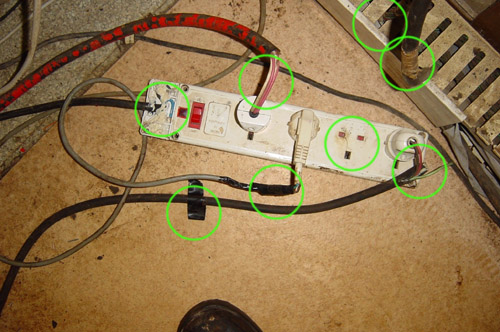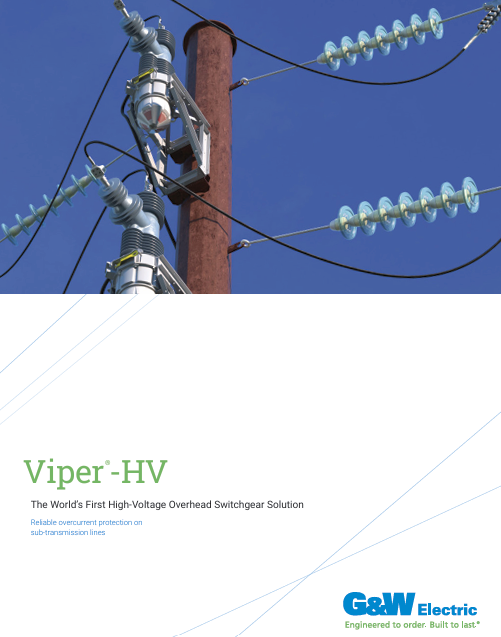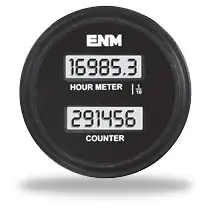Fault Current Limiter Explained
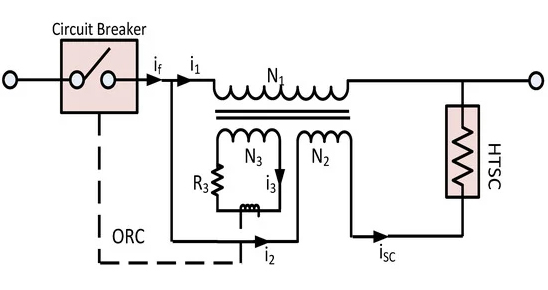
Protective Relay Training - Basic
Our customized live online or in‑person group training can be delivered to your staff at your location.
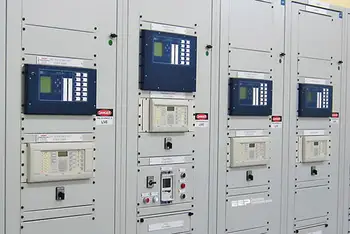
- Live Online
- 12 hours Instructor-led
- Group Training Available
Download Our NFPA 70E Fact Sheet – 2024 Electrical Safety Edition
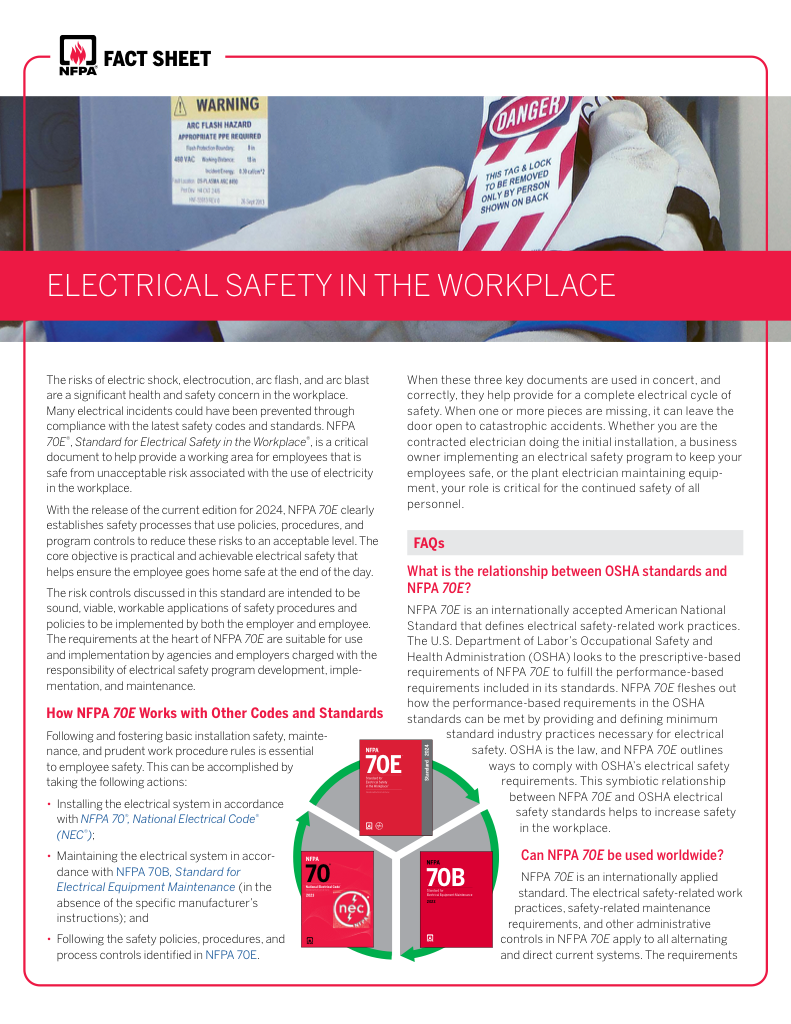
- Understand how NFPA 70E works with NEC and NFPA 70B standards
- Clarify the shared responsibility between employers and employees
- Learn how NFPA 70E supports OSHA compliance
A fault current limiter (FCL) is a protective device that reduces excessive fault currents in electrical systems. It enhances safety, protects equipment, and helps maintain system stability by limiting the peak current during short circuits or overload events.
Basic Protection Relay Training
Request a Free Training Quotation
What is a Fault Current Limiter?
✅ Reduces peak fault current to protect sensitive components and maintain system integrity.
✅ Improves coordination with overcurrent protection devices and circuit breakers.
✅ Works in conjunction with fault current calculation methods to effectively size protective equipment.
A Fault current limiter is a crucial device in modern electrical systems designed to manage and limit the dangerous surge of amperage during a fault or short circuit. By automatically reducing the current to safer levels, these devices protect critical equipment from damage and prevent system-wide outages. Commonly used in high-power and medium-voltage applications, fault current limiters provide enhanced protection by limiting the intensity of the fault current before it can impact transformers, circuit breakers, or other critical components. Their role is vital in improving overall system safety, efficiency, and reliability, making them an indispensable component in both industrial and utility power grids.
In modern electrical systems, fault current limiters serve as essential components for managing excessive amperage during abnormal conditions such as short circuits. These devices operate by limiting the current flowing through the system when faults occur, thereby preventing damage to equipment and ensuring system stability. This article explores the functionality of these devices, their various types, and the crucial role they play in system protection. A comprehensive overview of circuit protection devices helps explain the role of fault current limiters within the broader electrical protection strategy.
A fault current limiter (FCL) is an advanced protective device designed to automatically reduce excessive current in power systems during fault events. A key innovation in this field involves the use of high-temperature superconductors, which enable rapid response times and minimal energy loss. These superconducting fault current limiter technologies are particularly valuable in modern grids with distributed power sources, where traditional protection methods may fall short. By integrating SFCLs into electrical networks, utilities can enhance system stability, reduce equipment damage, and support the safe integration of renewable energy sources.
Test Your Knowledge About Electrical Protection!
Think you know Electrical Protection? Take our quick, interactive quiz and test your knowledge in minutes.
- Instantly see your results and score
- Identify strengths and areas for improvement
- Challenge yourself on real-world electrical topics
What Is a Fault Current Limiter, and How Does It Work?
A fault current limiter (FCL) reduces the intensity of amperage during a fault, allowing the system to handle abnormal conditions without overwhelming critical components. During a short circuit, currents can surge to hazardous levels, potentially leading to damage or system failure. The FCL prevents this by increasing impedance, which restricts current flow. By maintaining a lower current level during faults, the system avoids costly downtimes and equipment failures.
These devices work through a range of technologies, from passive elements like inductors to more advanced methods such as superconducting materials. Superconductors, for example, have very low resistance under normal conditions but react rapidly by increasing resistance during a fault.
Accurate fault current calculation is essential for selecting the proper protection devices, including fault current limiters, to ensure safe system operation.
Types of Fault Current Limiters
Several types of FCL are used, each designed for specific applications:
-
Superconducting: These devices utilize superconducting materials to respond rapidly during faults. They are especially beneficial in high-power systems due to their ability to handle larger loads.
-
Solid-State: These rely on power electronics to detect and limit abnormal amperage flows. They are fast and accurate, often used in medium-voltage systems where speed and precision are crucial.
-
Inductive: Inductive models are simpler but effective. They use inductors to limit current, increasing the system's impedance during a fault. These are frequently used in less demanding environments but still offer robust protection.
How Does a Fault Current Limiter Improve System Protection?
The primary function of a FCL is to protect electrical systems from damage caused by short circuits. By reducing fault currents to manageable levels, they prevent overheating and mechanical stress on components such as transformers and circuit breakers.
Without an FCL, short circuit conditions could result in dangerous spikes in amperage that overload protective devices. This would necessitate the installation of oversized equipment, increasing the cost and size of the system. By managing amperage levels, limiters make the system more efficient and cost-effective.
To understand how current limiting fuses function in coordination with fault current limiters, visit the page on current limiting fuse technology and applications.
Where Are Fault Current Limiters Typically Used?
These devices are used in several key applications:
-
Industrial power systems: FCLs ensure that high-demand industrial systems remain protected during faults, preventing downtime and safeguarding equipment.
-
Utility grids: Power transmission and distribution networks often rely on limiters to shield transformers and other infrastructure from excessive currents. Transformer protection systems also benefit from fault current limiting devices, especially in high-fault-current environments common in industrial power systems.
-
Renewable energy installations, such as wind farms and solar power plants, benefit from these devices, especially in medium-voltage applications, where variability in supply can increase fault risks.
What Are the Benefits of Using a FCL Compared to Other Protective Devices?
Compared to traditional protective devices like circuit breakers or fuses, limiters offer several distinct advantages:
-
Enhanced protection: An FCL responds faster than fuses or breakers, preventing the fault amperage from reaching dangerous levels and protecting sensitive equipment.
-
Reduced downtime: By limiting the fault, systems can continue operating even during abnormal conditions, reducing the need for system shutdowns.
-
Cost-effectiveness: Utilizing an FCL reduces the need for oversized equipment, resulting in savings on both installation and operational costs.
-
Improved safety: Limiting abnormal amperage flow reduces the risk of fires or explosions in high-power environments, especially during short-circuit events.
A FCL is critical to ensuring the safe and efficient operation of electrical systems. Their ability to control and limit dangerous amperage during faults makes them indispensable in high-power and medium-voltage environments. By understanding the types of limiters available and their role in protecting infrastructure, electrical engineers can ensure reliable and safe operations. Whether applied in industrial power systems, utility grids, or renewable energy plants, these devices play a vital role in maintaining system stability and protecting valuable equipment.
Electricity Today T&D Magazine Subscribe for FREE

- Timely insights from industry experts
- Practical solutions T&D engineers
- Free access to every issue






